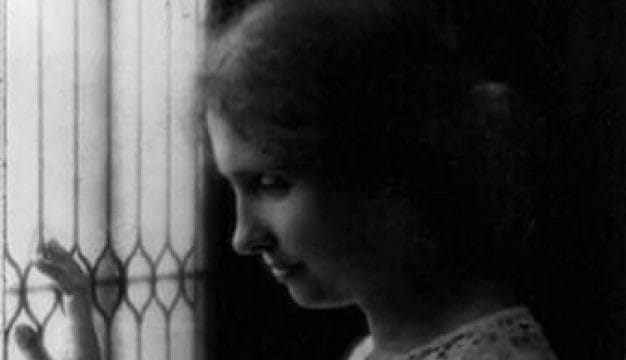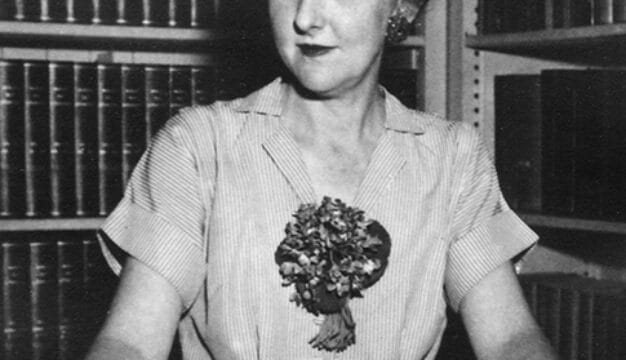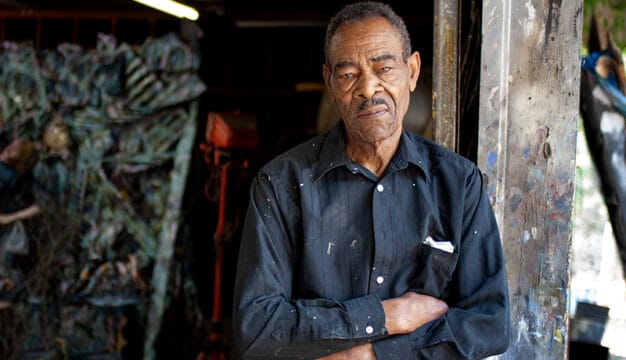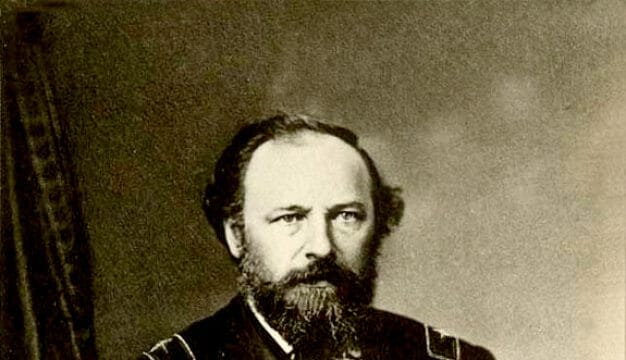Clifton C. Williams Jr.
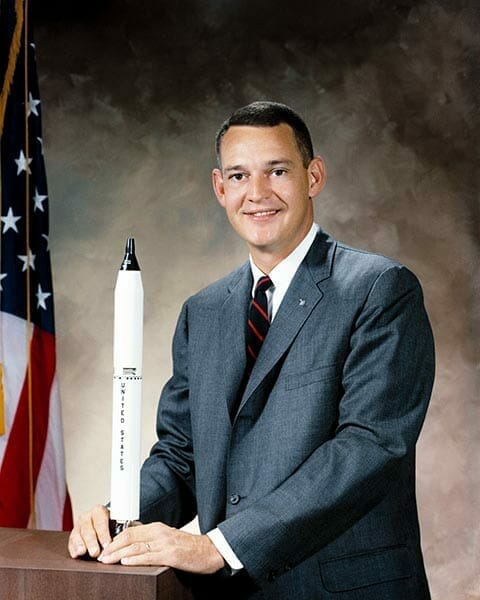 Clifton C. Williams Jr.
Alabama native Clifton Curtis (C. C.) Williams Jr. (1932-1967) was a U.S. Marine Corps officer and pilot who trained as a member of the National Aeronautics and Space Administration’s (NASA) third cohort of astronauts for the Gemini and Apollo missions. He was scheduled to pilot a Lunar Module to land on the Moon but died in a 1967 plane crash and never made it into space.
Clifton C. Williams Jr.
Alabama native Clifton Curtis (C. C.) Williams Jr. (1932-1967) was a U.S. Marine Corps officer and pilot who trained as a member of the National Aeronautics and Space Administration’s (NASA) third cohort of astronauts for the Gemini and Apollo missions. He was scheduled to pilot a Lunar Module to land on the Moon but died in a 1967 plane crash and never made it into space.
Williams was born September 26, 1932, in Mobile, Mobile County, to Clifton Curtis Williams Sr. and Gertrude Medicus Williams; he had one sibling, a brother. In 1949, Williams graduated from Murphy High School and attended Spring Hill College for two years and then earned a bachelor of science degree in mechanical engineering in 1954 from Auburn University in Auburn, Lee County.
At both institutions Williams was a member of the U.S. Naval Reserve Officers Training Corps. This led to a commission with the U.S. Marine Corps as a second lieutenant in the summer of 1954 after graduating from Auburn. He was promoted to first lieutenant that December. Williams attended Basic School at the Marine Corps Base Quantico in Virginia, and then entered the rigorous flight training program at Naval Air Station Pensacola in Florida to become qualified as a naval aviator and fighter pilot, graduating in 1956. He was next stationed at Marine Corps Air Station Cherry Point in eastern North Carolina, where he met Jane Elizabeth Lanche in 1957. Just after returning from extensive survival training in the jungles of Panama, the pair married in nearby New Bern in 1964. They would have two children; the second was born after his death. Williams was promoted to captain in 1959 and among his new duties was serving with Fighter Squadron 213 on the aircraft carrier USS Lexington (CV-16) stationed on the west coast of the United States.
Following his tenure on the Lexington, Williams was sent in fall 1960 to the U.S. Naval Test Pilot School at Naval Air Station Patuxent River in Maryland and served as a test pilot on a variety of jet aircraft on land and sea platforms there for several years. He was the first person to land a two-seater jet on an aircraft carrier while flying solo in the second (rear) seat, where visibility is restricted. Over the course of his career, Williams would log some 2,500 hours of flying time, most of it in jet aircraft.
In 1963, Williams returned to Quantico, where he passed NASA screening for its astronaut program. He was named to its third group of 14 astronauts, which included several who later became well known, including Edwin “Buzz” Aldrin, Alan Bean, Roger B. Chaffee, and Michael Collins. In July 1966, Williams served as the back-up pilot for Gemini 10, a NASA mission that docked a space capsule with two unmanned spacecraft to practice docking maneuvers and techniques in preparation for the Apollo lunar landing missions. He was then tasked with training to pilot a Lunar Module for a future Apollo lunar landing.
On October 5, 1967, Williams took off in a Northrop T-38 Talon jet trainer from Cape Canaveral, Florida, headed to Houston, Texas, with a scheduled stop in Mobile to visit his ailing father. During the flight, his plane had a mechanical malfunction and he ejected, but he was too low and going too fast and did not survive the ejection. The wreckage and his remains were recovered near Miccosukee, Florida, just northeast of Tallahassee. He is buried at Arlington National Cemetery in Arlington, Virginia. His parents received condolences from Gov. Lurleen Wallace and her husband George. He was fondly remembered by other astronauts for his large size, easy going demeanor, and Alabama accent.
Michael Collins piloted the Gemini 10 and later the Command Module Columbia, and Neil Armstrong and Aldrin landed on the Moon in the Lunar Module Eagle and became the first humans to walk on its surface during the Apollo 11 mission in July 1969. The Apollo mission on which Williams was to be Lunar Module pilot became Apollo 12 and took place in November 1969; it was the second lunar landing. Its mission patch includes a star for Williams, and two crewmembers left Williams’s naval aviator wings and silver astronaut pin on the Moon in his honor.
Additional Resources
Burgess, Colin, and Kate Doolan, with Bert Vis. Fallen Astronauts: Heroes Who Died Reaching for the Moon. Lincoln, Neb.: University of Nebraska Press, 2003.
